Experts reveal home decorating mistakes that can subconsciously stress you out and impact your happiness
Could your living space be bringing you down? Check this list of 10 ways your home could be messing with your head…



It's not news to us at Ideal Home that how your home looks can impact your well-being. However, over the last couple of years, more and more research has gone into not only the things that can improve our well-being at home but also the home decorating mistakes that could impact our mental health.
You might have tried all the makeover tips to boost your mood at home, but you could be undermining your efforts by making one of these mistakes.
‘Our home is the space where we spend a disproportionate amount of time, so understanding how it affects our wellbeing is a burgeoning area of study,’ says Jean Whitehead, a Senior Lecturer in Interior Design at Falmouth University.
‘A series of guidelines exist within the design sector that can easily be adapted to a domestic setting: The Well Building Standard (2016), was developed with the aim of placing “people’s health and wellness at the centre of design”. It identifies wellness concepts all linked to a greater understanding of the physical and psychological benefits of the interior spaces we inhabit.’
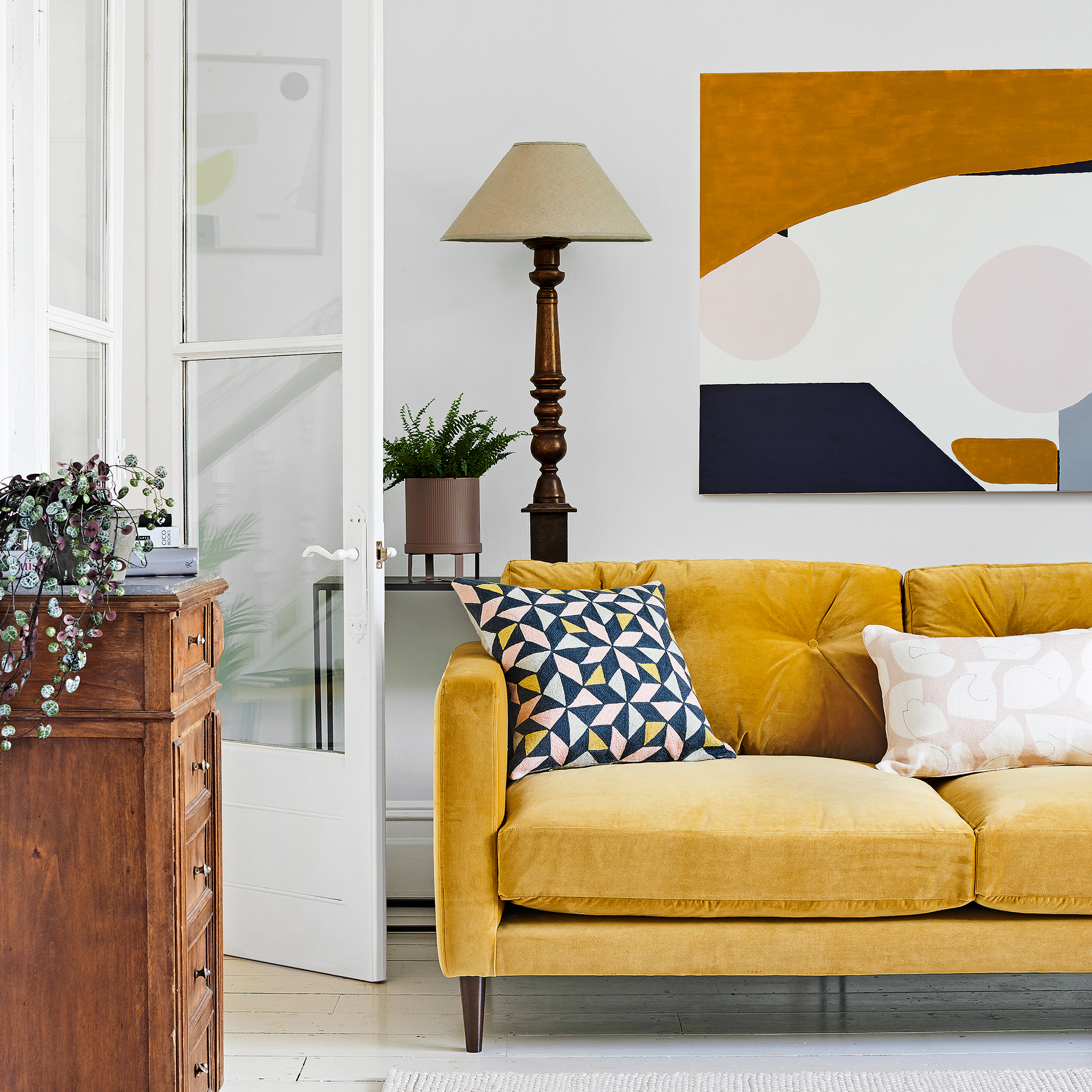
'These concepts include practical elements such as the quality of air and water, as well as the impact of light, comfort levels and the extent to which the home ‘fits’ or suits the user of the space.
'The visual side of home decor matters, too: Whether you enjoy minimalism or maximalism, embrace “hygge” or the philosophy of feng shui, considering the impact these aesthetic choices have helps to promote positive psychological settings to live out our daily lives.’

Jean has been thinking, teaching and writing about interiors for more than 30 years. She currently lectures in interior design at Falmouth University, Cornwall. Her latest book is Creating Interior Atmosphere: Mise-en-Scène and Interior Design and she is working on a companion work on the development of sustainable approaches to interior architecture.
Home decor mistakes that impact your wellbeing
These come down to three things: light, connection to nature and the atmosphere you create in your home. Jean Whitehead believes, ‘Perhaps most importantly, the quality of the interior atmosphere remains integral to our mood in the creation of tranquil, relaxing and restorative spaces.’ Choosing colours that make you happy is core to creating a healthy vibe.
Sign up to our newsletter for style inspiration, real homes, project and garden advice and shopping know-how
1. Unsettling colour choices
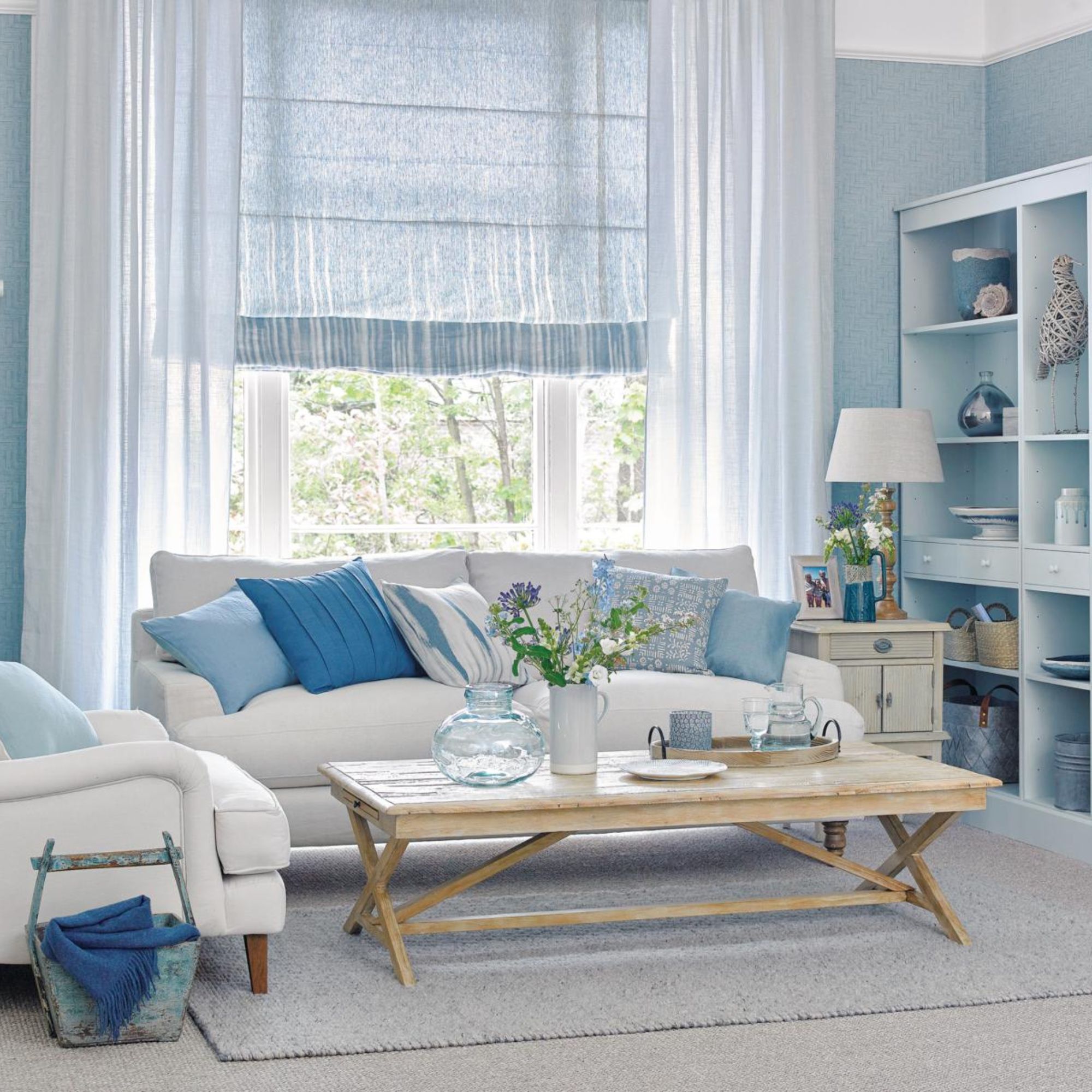
Strong, saturated colours can lead to you feeling more angry than inspired, while bland neutrals that create little to no contrast create a ‘meh’ mood. Find a balance with the right mix of calm colours and your home will be a mental-health haven.

Founder and designer at affordable interior design service Topology Interiors, Athina previously worked for Kelly Hoppen as a design consultant and in the luxury furniture industry. She runs her London-based design studio and writes an award-winning blog, and has worked with names such as Ikea and Habitat.
Athina says, ‘Colour choices play a pivotal role in influencing mood. Overuse of bold, stimulating colours (such as red and royal purple) can lead to heightened stress levels, while monotonous or gloomy colours (such as whites, cold blues and greys) may contribute to feelings of sadness or lethargy.’
2. Bad lighting

To reap the benefits of natural light you need to maximise the natural light your rooms receive and add artificial lighting in layers for the best results.
‘Inadequate lighting, whether too harsh or insufficient, can affect sleep patterns, our circadian rhythms and contribute to feelings of fatigue or irritability,’ explains Athina Bluff.
Jean Whitehead adds, ‘The Society of British & International Interior Design (SBID) and the British Academy of Interior Design (BAID) agree that our environments can influence our mood and wellbeing. Both promote exposure to sunlight and daylight with its ability to increase serotonin levels (a feel-good hormone).
‘Poor lighting (whether this is natural or artificial) impacts directly on the interior atmosphere of our homes. An abundance of natural light and sunlight is proven to be mood enhancing while good-quality electric lighting can amplify the interior experience.’
3. Disconnection from nature
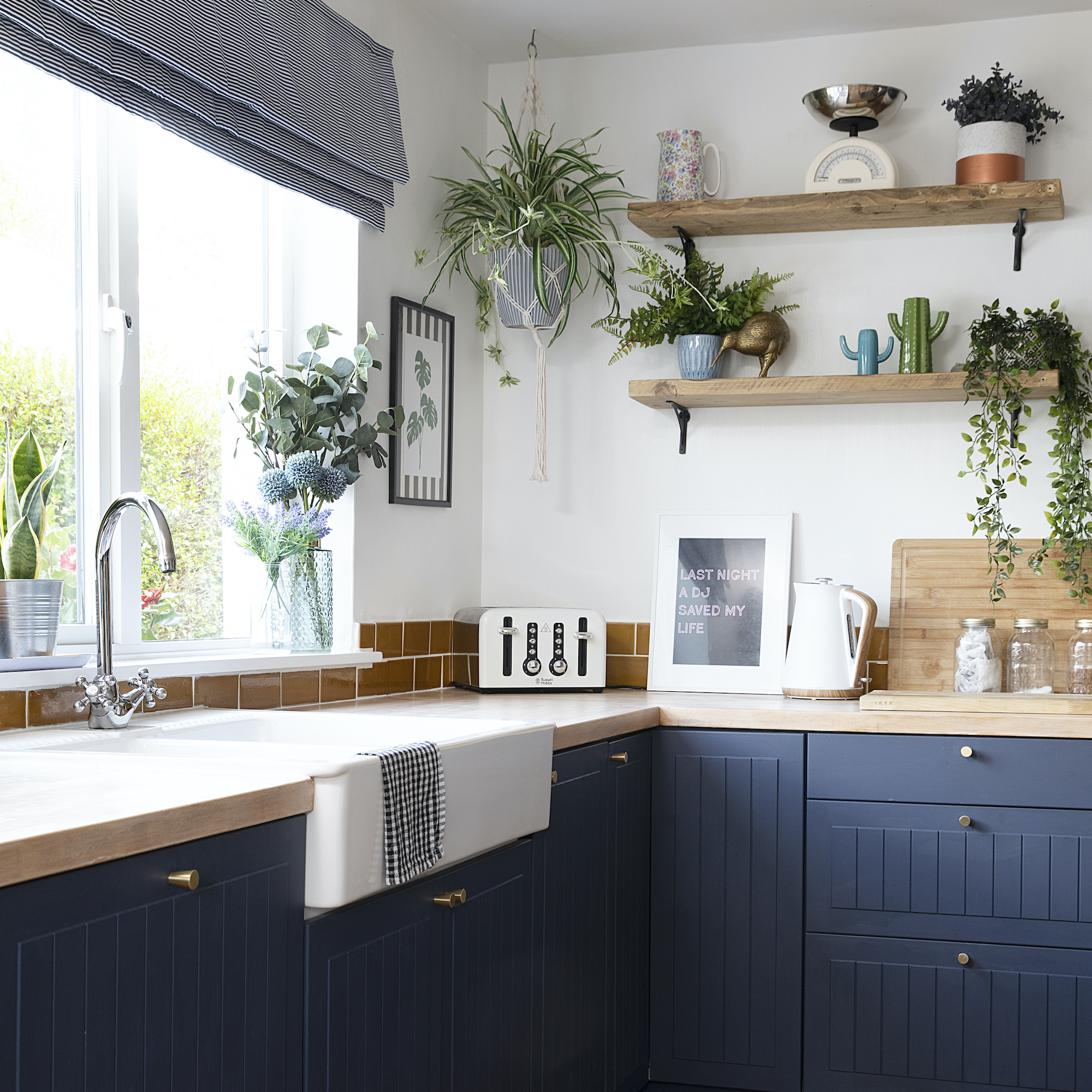
Filling your home with plants and flowers not only looks great, but boosts your mood, too. Jean Whitehead explains, ‘A home devoid of plants with no connection to a green space becomes a barren desert bereft of these natural mood elevators.
'Green spaces are recognised universally for their value in boosting mental health, while plants act as natural air filters, so prioritise a close connection to nature and plants via biophilic design.’
4. Starving the senses

Rooms that look beautiful are good, but rooms that feel, sound and smell good too are even better. ‘Not embracing the potential of sensory design is a common problem,’ says Jean Whitehead. ‘After all, interiors are so much more than a visual experience. Considering the five senses of touch, sight, hearing, smell and taste will always enhance our decorative decisions as the evocative potential of scent and its ability to conjure happy memories, the tactile nature or aural quality of a room all amplify our psychological sense of contentment.’
One of our favourite ways to engage the senses is with scent and fragrance zoning rooms, to create invisible shifts in mood between different spaces.
5. Clutter

There is a saying, ‘A tidy home equals a tidy mind’ about the long-held connection between our physical environment and emotional well-being.
'Clutter is subjective and what adds value to one person will be different to another, but a clutter-free home is known to reduce stress, anxiety and depression and improve happiness,' says Kate Ibbotson, Professional Organiser and neurodivergent-focused therapeutic coach. 'Being surrounded by mess and clutter can also lead to feelings of guilt, shame, or frustration, which can create or exacerbate feelings of hopelessness.'
'It can also be stressful to have to search through clutter to find things that we need, especially if they are important or we are in a rush. Dealing with the mess surrounding us in our home means we have one less thing weighing on our minds. Living in a tidy home can give you a sense of pride and control. Knowing that you are on top of your surroundings also helps regulate the nervous system. Knowing that your environment brings you joy means you are less likely to compare yourself to others or worry about other people judging you.’

Kate studied psychology and social work, and worked in the mental health sector before becoming a life coach and later a probation officer. Following her own transformative experience of decluttering her life, she trained as a professional organiser and founded her company A Tidy Mind in 2015. She is a member and trainer at the Association of Professional Declutterers and Organisers and in 2019 qualified as a psychotherapist.
6. Mixing business and pleasure
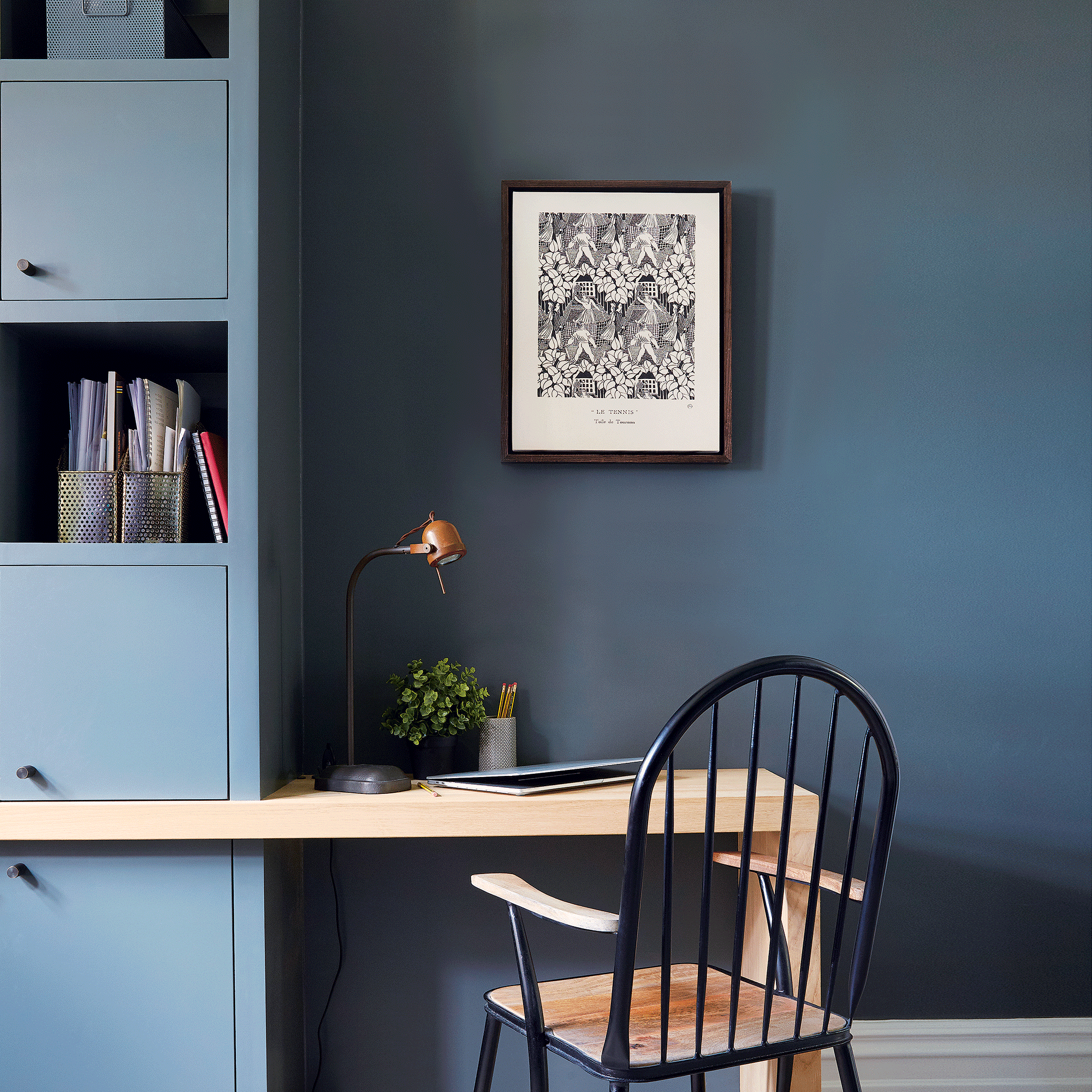
While there are many benefits to working from home, not having a clearly defined separate work space can cause issues: Athina Bluff says, ‘Even in a post-Covid world we're now spending more time at home, even working from home and those boundaries between the places of sleep and work are blurred. For instance, cluttered and disorganised spaces may create a sense of chaos and overwhelm, hindering concentration and relaxation.’
A 2022 report by the World Health Organisation found that ‘changes in work routines and the blurring of the boundaries between paid work and personal life’ can overwhelm home workers. Having a dedicated small home office or cupboard office to leave at the end of the day and transition to ‘after work’ mentality is the solution. If you only have a corner of your living space consider screening the space off with a curtain or packing things away in a basket at the end of the day.
7. Not having Yin and Yang flow
‘It’s a simple enough concept to grasp,’ says Ryan Terren, a Feng Shui Practioner, ‘and can be actioned without the fiddly calculations that more advanced Feng Shui requires. You basically identify areas on your floor plan which require Yang (movement) and which require (stillness), and make sure they are used appropriately.
'Yang spaces are those areas between doors and windows, doors and other doors, or other areas of activity such as kitchen and stove etc. Yin areas are basically everywhere else (corners, areas beside solid walls etc). Sofas, dining tables, beds etc should be placed in Yin spaces, and Yang spaces kept relatively clear of heavy furniture.
'It’s not a hard and fast rule, but obstructed Yang spaces can have an adverse effect on body and mind over the long term.’
Also, consider the ‘command position’ when positioning your furniture. ‘This is derived from a traditional Feng Shui configuration that promotes recovery from mental stress and a relaxed, open mindset,’ explains Ryan. ‘To set this up in your home, ensure regular sitting positions are supported by a solid wall behind, look out into the room, and ideally have the doorway diagonally in front.
'Because people often place desks and tables facing a wall, or sofas in the middle of a room, they end up sitting with their back to the door. This position places our nerves slightly on edge - trying turning things around and see how it feels.
'The command position can also be used when sleeping. If the bed needs to be on the same wall as the door for practical purposes place a mirror so that you can see the door from your bed with an easy glance.

Ryan graduated in geography from University College London and worked as an actor, maker and teacher in theatre and film. In 2015 he began training in internal arts with Lotus Nei Gong International and became a certified Qi Gong teacher in 2019. Alongside this, he began training in Ba Zi and Feng Shui. He has his own practice, LifeHouse Feng Shui, and continues to train with masters in the field. He is an accredited consultant with the Feng Shui Society.
8. Too many pointy and angular shapes

Ryan explains, ‘Sharp angles created by outward facing corners, box work around piping or vaulted ceilings can cause a disruptive kind of energy called Sha Qi. Modern studies have shown that pointy or angular shapes stress the nervous system, and unsettle the mind. Soften corners withvplants, curvy objects and round tables. If you have vaulted ceilings, hang a globe shaped pendant lampshade or drapes.’
9. Not making it personal

Athina Bluff believes, ‘Lack of personalisation in a space can create a sense of detachment and disconnection. Spaces devoid of elements that resonate with an individual's personality and preferences may contribute to a lack of emotional engagement and a diminished sense of wellbeing.’
Jean Whitehead is a great fan of ‘Incorporating mementoes, hand me downs or inherited artefacts helps to make a house a home – an important distinction gives us a sense of belonging and purpose.’ However, this idea can cut both ways as keeping family heirlooms you hate out of a sense of duty can fill your home with negative associations.
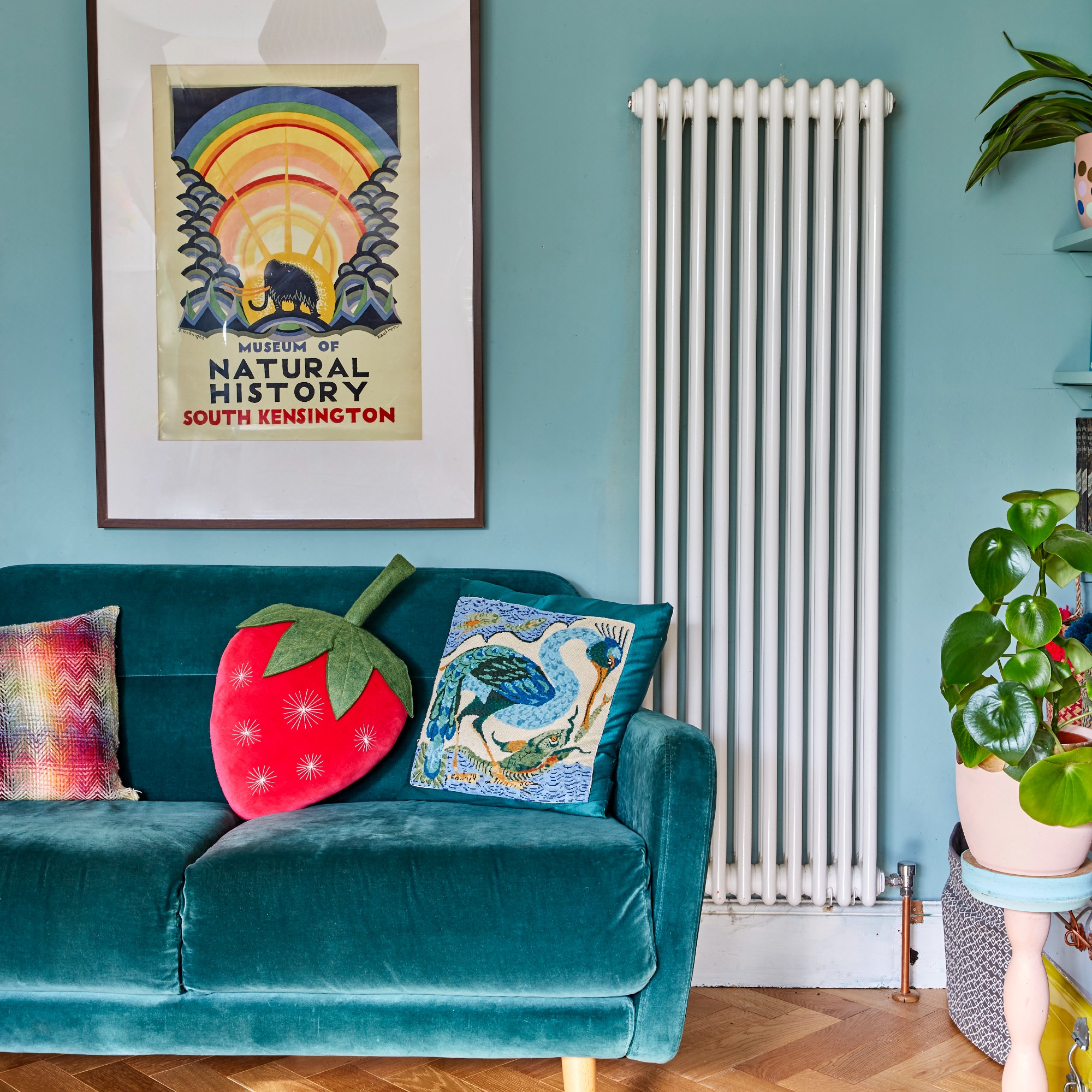
Amber Dunford, Interior Stylist and Design Psychology Coach says, ‘There are so many powerful connections between design and psychology, from how we respond to colour or shapes, how a layout can influence our behaviours in a space or how personality dictates our design choices. I believe the most significant connection stems from our early attachments to space and how we carry those with us as we make design decisions throughout our lives.’
‘As a design psychologist, I believe it’s important to do an assessment of a person’s history to draw out any meaningful elements that can be used in a design plan. In many cases, our early attachments to space are very formative and subconsciously shape the colours, textures and prints we positively respond to. Conversely, any negative attachments are also important to identify.
‘Think back to homes you’ve lived in, places you’ve visited that had a significant impact on you or even the home of a friend or family you spent time in. See if you can name the feelings you had in these spaces and try to identify any design elements you can associate with these feelings. For some, the texture of velvet might rekindle happy memories of curling up on a velvet sofa for family movie nights, or the scent of pine is reminiscent of a beloved vacation spot in the woods.
'Once these elements are identified, they can be worked into a design plan and will hold a deeper meaning and emotional connection.
‘The use of these design elements does not always need to be a literal interpretation. For example, positive associations to the beach do not need to be represented with sand. Instead, pull out the warmth of the sand through a warm earthy rug or the texture via a beautiful plaster treatment on a wall that has depth and movement.’
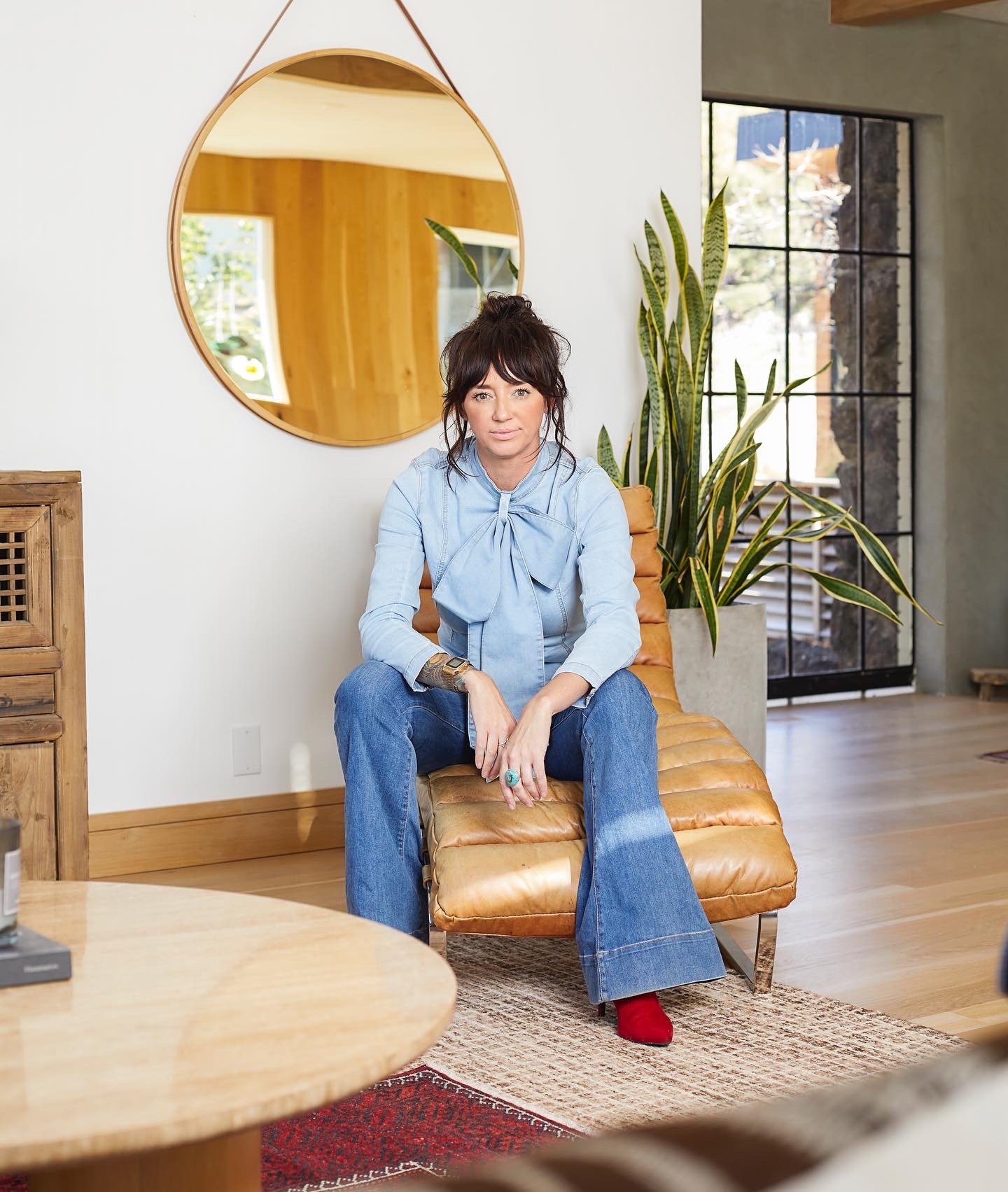
Amber combines her degree in interior design and background as a stylist, designer, visual merchandiser, art director and style director with her master’s in clinical psychology.
10. Bare walls
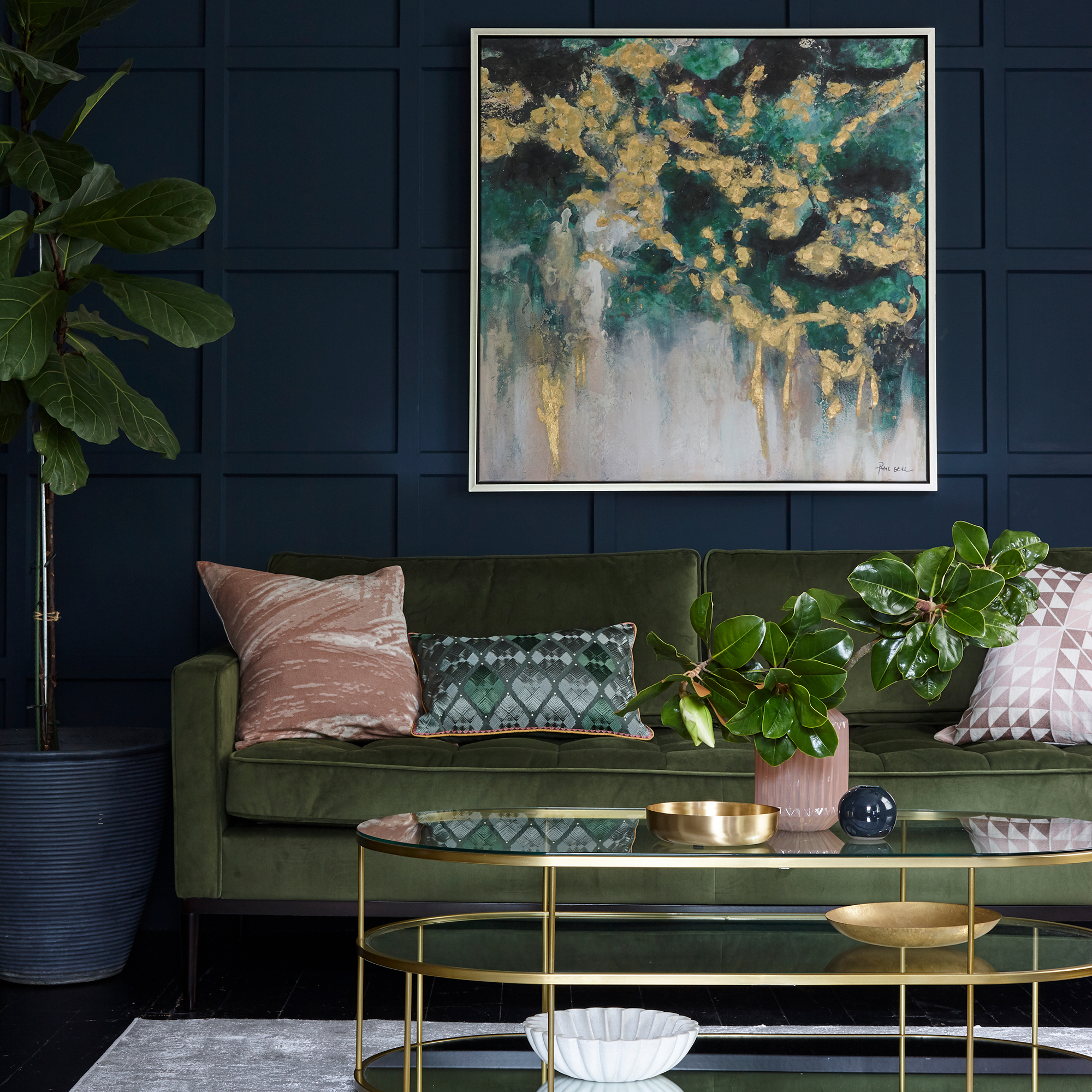
A study by Professor Semir Zeki, a neurobiologist at University College London revealed that looking at art triggers some of the same responses as falling in love. When patients in the hospital viewed art, their suffering was reduced and it led to a quicker recovery. The research suggests that art can be used in our homes to boost our mental health, well-being and happiness.
So if you have a bare wall at home and are looking for an instant pick me up it's time to explore those wall art ideas or go big with some gallery wall ideas.
FAQs
How does your home decor effect your mental health?
Athina Bluff, founder and designer at Topology Interiors says, ‘Interior design plays a crucial role in shaping the ambience, functionality and energy of a space, and thus the choices made can have a significant impact our mental health – for good & bad! Poorly considered interior design can contribute to stress, anxiety, and overall feelings of discomfort.’
What are the home decor mistakes people usually make?
As a professional fixer of dysfunctional home decor, Sophie Clemson, interior designer and co-founder and director of The Living House, has made her shortlist of mistakes she sees most frequently:
Rugs being too small
‘If the rug is too small, it can look like it's lost and floating in the middle of the room, and it will make the room look smaller as it draws your eye inward. You want it to be large enough to fit under the front two feet of your sofa and to zone your seating area.
Sill length curtains
‘You want your curtains to be floor length and to almost touch the floor, even if your window doesn’t. Floor length curtains are contemporary and will add height to the room.’
Furniture lined up against the wall
‘It can make your room feel smaller. Try moving your sofa and armchairs at least 10cm away from the walls to give the illusion of more space and create a cosier and more sociable seating arrangement.’
Different flooring in an open-plan room
‘Using different flooring will cut off the areas and make the room feel disjointed. Use the same flooring throughout; it will make the space feel bigger.'
Buying a matching furniture set
‘It may seem like the easy option because you think it will all work together. However, it can make the room feel dull and lifeless. A well designed room is one where there is a mix of furniture that is different but cohesively works together using different colours, textures, and finishes.’
If you are suffering from mental health issues at the moment, while these tools and pieces of advice can be a helpful aid, it is important to speak to your GP about further support.

Vanessa Richmond has been a freelance writer, editor and editorial consultant since 2021. Her career in magazines began in 1998 and, apart from a four-year stint at women’s lifestyle magazine Red, it has been spent working on interiors titles including House Beautiful, Country Homes & Interiors and Style at Home. She is a former editor of Ideal Home, Country Homes & Interiors and Style at Home magazines. She has also worked for House Beautiful and Red. During her 25 years as a journalist, she has been a sub-editor, columnist, deputy editor and editor. Now she combines freelance writing with being a secondary-school English teacher.